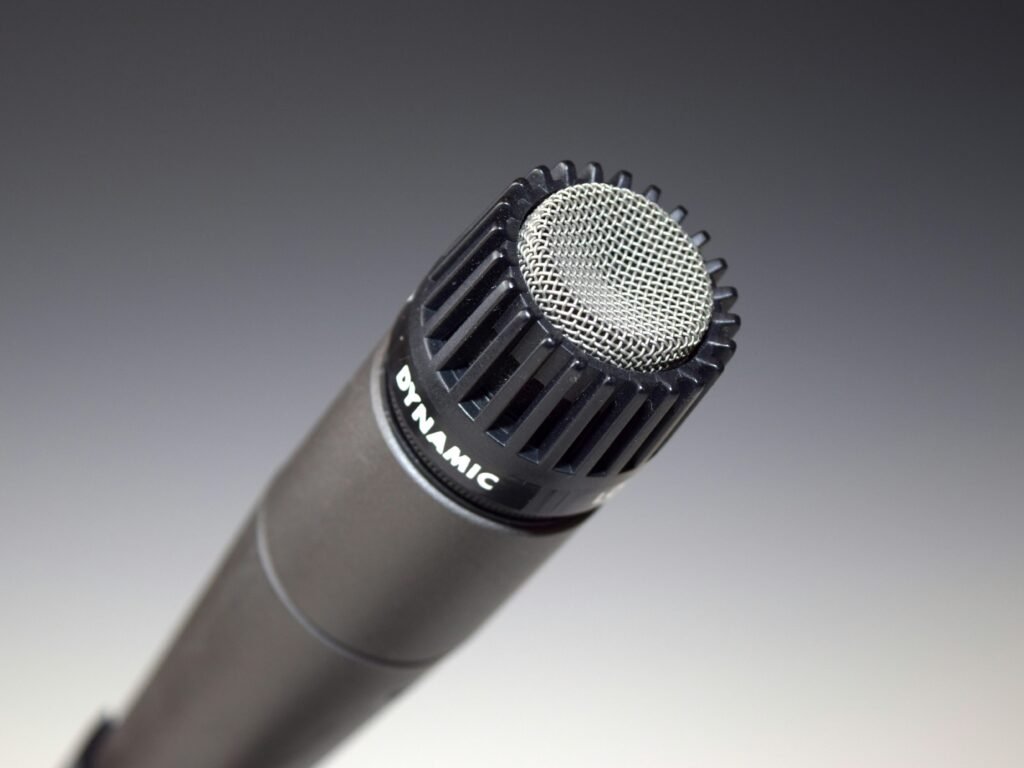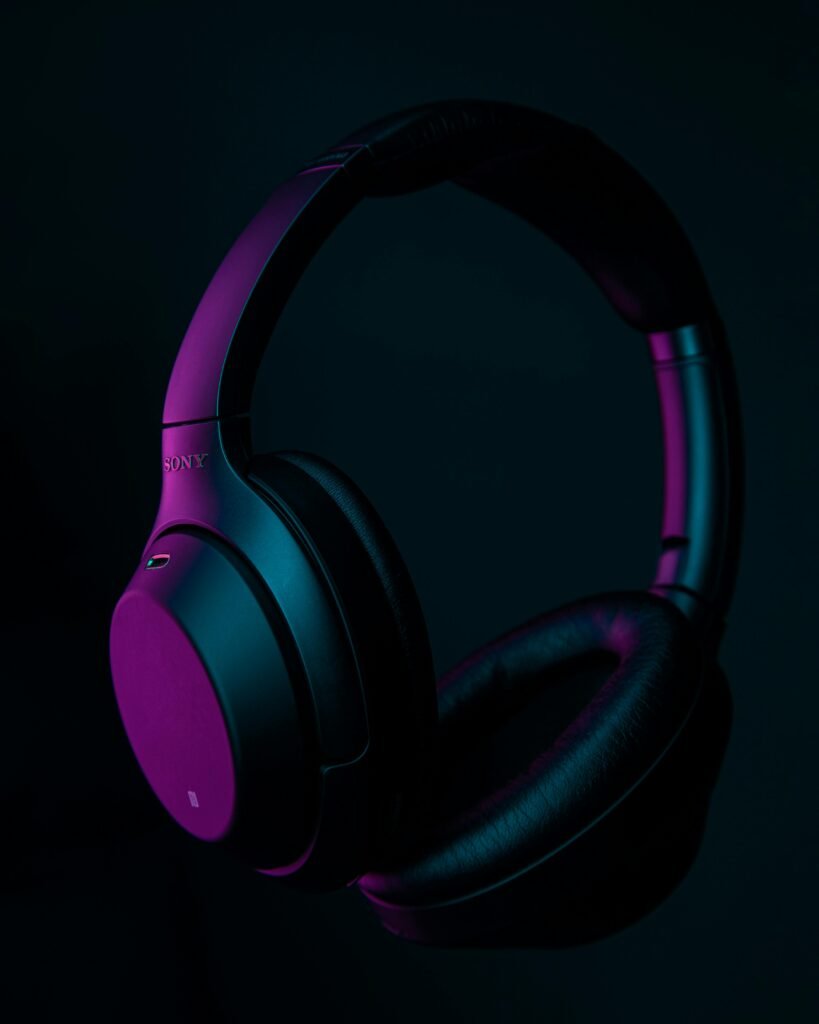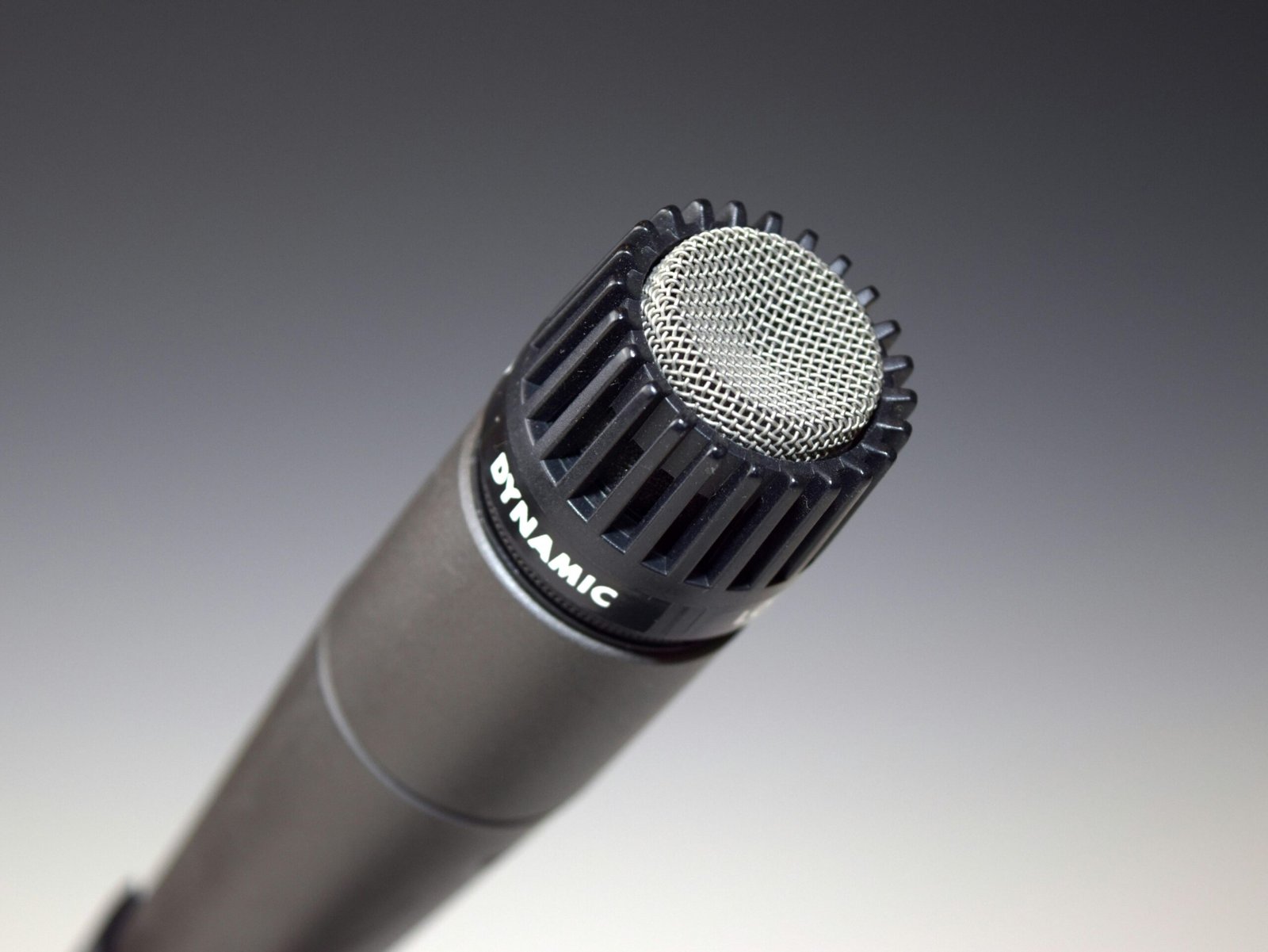Have you ever found yourself in a noisy environment, trying to concentrate, listen to music, or just enjoy a moment of peace? If so, you might be curious about how noise-canceling headphones can create a serene auditory experience in such distractions.
What Are Noise-Canceling Headphones?
Noise-canceling headphones are designed to reduce unwanted ambient sounds, allowing you to enjoy your music, podcasts, or quiet moments without the annoying disruptions that might be happening around you. Imagine you’re on a plane, and the hum of the engines or the chatter of fellow passengers fades away. That’s the magic of noise-canceling technology.
Active vs. Passive Noise Cancellation
To understand how these headphones work, it’s essential to differentiate between two types of noise cancellation: active and passive.
- Active Noise Cancellation (ANC): This is the star of the show when it comes to noise-canceling headphones. ANC uses built-in microphones to pick up external sounds. It then generates sound waves that are the exact opposite of the incoming noise. When these opposing sound waves meet, they cancel each other out—leaving you with a quieter musical landscape.
- Passive Noise Cancellation: Unlike ANC, passive noise cancellation relies on the physical design of the headphones to block out sound. This is achieved through materials that block or absorb sound waves, like thick headphone cushions or ear cups that create a seal around your ears.
Both methods work together in many noise-canceling headphones to give you an optimal listening experience.
The Science Behind Active Noise Cancellation
Let’s break down the science of active noise cancellation, as it’s both fascinating and essential for understanding how your headphones protect your listening experience.
How It Works
-
Microphone Detection: Each earcup has microphones that continuously capture ambient sounds. These microphones can detect a variety of frequencies, picking up the constant hum of engines or the chaos of a busy café.
-
Sound Wave Analysis: The captured sounds are processed by the internal electronics of the headphones. This processing involves analyzing the waveforms of the incoming noise.
-
Waveform Inversion: After analysis, the headphones create a sound wave that is the exact opposite (inverted) of the detected noise. In acoustic terms, this is called “phase cancellation.”
-
Sound Wave Cancellation: The newly generated sound wave is played through the headphones’ speakers along with your music. The opposing sound waves interact with the incoming noise, effectively canceling it out.
Frequency Ranges
ANC technology is particularly effective at canceling low-frequency sounds, such as the rumble of machinery or aircraft engines. However, higher-frequency sounds, like speech or sudden jarring noises, might not be canceled as effectively.
| Frequency Range | Canceling Effectiveness |
|---|---|
| Below 50 Hz | Very effective (e.g., airplane noise) |
| 50 Hz – 1000 Hz | Effective (e.g., hum of appliances) |
| Above 1000 Hz | Less effective (e.g., conversations, alarms) |

Types of Noise-Canceling Headphones
When you’re ready to choose noise-canceling headphones, it’s helpful to know what options are available. You’ll likely encounter three main categories:
Over-Ear Headphones
These headphones envelop your ears completely, creating a better seal against outside noise. The bulk of their design allows for both excellent passive and active noise cancellation. They are ideal for immersive listening but can be bulkier to carry around.
On-Ear Headphones
On-ear headphones rest on your ears, rather than covering them completely. While they can have noise-canceling features, their passive isolation isn’t as strong as over-ear models. They can be more portable, making them a good choice for travelers who don’t want heavy equipment.
In-Ear (Earbuds) Headphones
These tiny headphones fit directly into your ear canal. Many come with active noise-canceling features, and some models provide a snug fit that enhances passive noise isolation. They are lightweight and exceptionally portable, but the comfort and sound quality can vary significantly between brands.
Benefits of Noise-Canceling Headphones
Investing in noise-canceling headphones can offer several advantages. Understanding these benefits can enhance your auditory experience.
Improved Focus and Productivity
By blocking distractions, noise-canceling headphones can greatly improve your focus. This makes them especially beneficial in environments like offices, libraries, or coffee shops, where background noise can disrupt your train of thought.
Enhanced Listening Experience
Imagine listening to your favorite song with rich audio clarity, free from external disturbances. Noise-canceling headphones allow you to appreciate the depth and details of your music or podcasts without forcing you to crank up the volume, which can be harmful over time.
Stress Reduction
Constant exposure to noise can lead to stress and fatigue. By using noise-canceling headphones, you can create a mental oasis, reducing the auditory bombardment of everyday life and promoting a calmer, more peaceful state of mind.
Better Sleep
If you’ve ever struggled to fall asleep with noisy neighbors or a restless environment, noise-canceling headphones can provide relief. Listening to calming music, guided meditations, or even white noise can lull you into a restful slumber.

Limitations of Noise-Canceling Headphones
While noise-canceling headphones offer numerous benefits, they aren’t without their drawbacks.
Cost
Quality noise-canceling headphones can be somewhat pricey due to the technology involved. There are budget options available, but they may not provide the same level of performance as higher-end models.
Weight and Size
While many newer models are designed to be lightweight, some high-quality noise-canceling headphones can still be bulky and heavy. If you plan to travel frequently with your headphones, consider their portability.
Sound Quality
Some users report that certain models sacrifice sound quality for noise cancellation. Make sure to read reviews to find a balance that meets your needs.
How to Choose the Right Noise-Canceling Headphones
With numerous options on the market, it can be challenging to choose the right pair of noise-canceling headphones for your needs. Here’s a breakdown of important factors to consider.
Sound Quality
You want headphones that sound great while also providing effective noise cancellation. Look for models that have a reputation for quality audio performance.
Comfort
Comfort is crucial, especially if you’ll be wearing your headphones for extended periods. Try to find a pair that fits well without causing discomfort. Padding on the ear cups and a lightweight design can contribute to a better experience.
Battery Life
Active noise cancellation relies on battery power. Consider how long the headphones can last on a single charge, especially for long flights or work days.
Additional Features
Many noise-canceling headphones come with extra features such as wireless connectivity, touch controls, built-in microphones for phone calls, and adjustable noise cancellation levels. Think about what features matter most to you.

Maintaining Your Noise-Canceling Headphones
Once you’ve chosen your ideal noise-canceling headphones, maintaining them properly can extend their lifespan and ensure consistent performance.
Cleanliness
Regularly clean your headphones with a slightly damp cloth to remove dirt and oils. Be cautious around electrical components, especially where the microphones and circuitry are located.
Battery Care
If your headphones have a rechargeable battery, it’s best to avoid letting them completely discharge frequently. This can help prolong battery life over time. Additionally, store them in a cool, dry place when not in use.
Software Updates
Some noise-canceling headphones work with companion apps for smartphones, allowing for software updates and additional features. Keep an eye on updates to ensure you have the latest technology at your fingertips.
Troubleshooting Common Issues
Even the best headphones can encounter problems eventually. Here are some common issues and potential solutions.
Poor Noise Cancellation
If you notice that your headphones aren’t canceling noise as well as they used to, check that they’re properly positioned and fitted. Sometimes, adjusting the ear cups or ear tips can improve the seal, leading to better passive noise isolation.
Reduced Battery Life
If your headphones drain battery faster than usual, try resetting them or checking for any feature that might be running in the background. Ensure that the device you have paired with your headphones is not continuously using up power.
Connectivity Issues
If you’re using Bluetooth noise-canceling headphones, you might experience occasional connectivity issues. If your headphones suddenly disconnect or you’re struggling to pair them, try turning off Bluetooth on your device and restarting it.
Conclusion
Noise-canceling headphones represent a remarkable combination of technology and comfort, allowing you to create your own audio environment in a world full of distractions. Whether you’re traveling, studying, or simply enjoying your favorite tunes, the right pair can make all the difference in your listening experience.
By understanding how they work, the different types available, and what to look for in a pair, you can confidently choose a model that fits your lifestyle. No more struggles against background noise; it’s time to let your headphones take you to a world of focus and tranquility.
